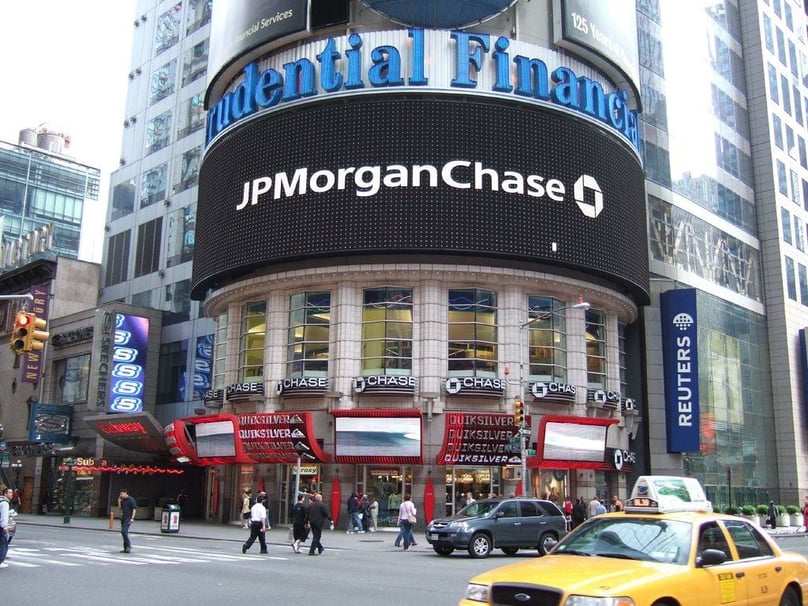Despite households maintaining lower bank account balances in the U.S. over the past year, JPMorganChase analysts don’t view this as a negative signal. A detailed analysis carried out on 4.7 million Chase households revealed that the median bank balance in May was up by 23% from 2019, falling short of the 40% increase that experts had anticipated.
The bank account balances for both checking and savings grew remarkably during the COVID-19 pandemic, thanks to government aid and decreased spending options. Nonetheless, these balances started declining once the stimulus checks ceased and inflation increased.
According to JPMorganChase, this trend doesn’t necessarily mean that consumers are facing financial hardships. On the contrary, it's believed that they're moving funds from their bank accounts into various investment avenues.
The researchers at JPMorganChase wrote, "Our approximation of total household cash reserves suggests that households may have returned to positive cash balance growth much earlier than checking and savings balances alone would suggest."
Although recent bank account balances aren't keeping pace with the typical growth rates, the total cash held by consumers in their bank accounts and investments is still on an upward trajectory. This suggests many individuals are transferring funds from their traditional accounts into higher return investments such as Certificates of Deposits and high-yield savings accounts.
In 2022, to counterbalance the escalating inflation, the Federal Reserve increased the federal funds rate. This decision generally influences the interest rates on CDs and high-yield savings accounts, providing consumers with the opportunity to secure high investment returns. The Federal Reserve subsequently reduced rates in 2024 when inflation stabilized and has maintained steady rates this year, allowing consumers to continue capitalizing on high-yield investments.

